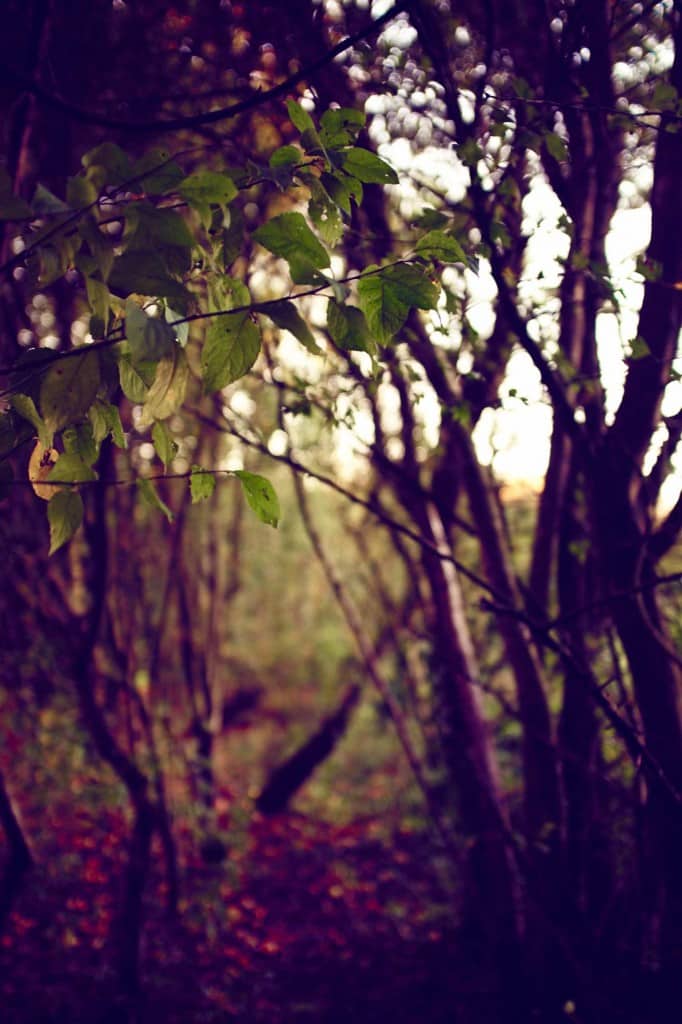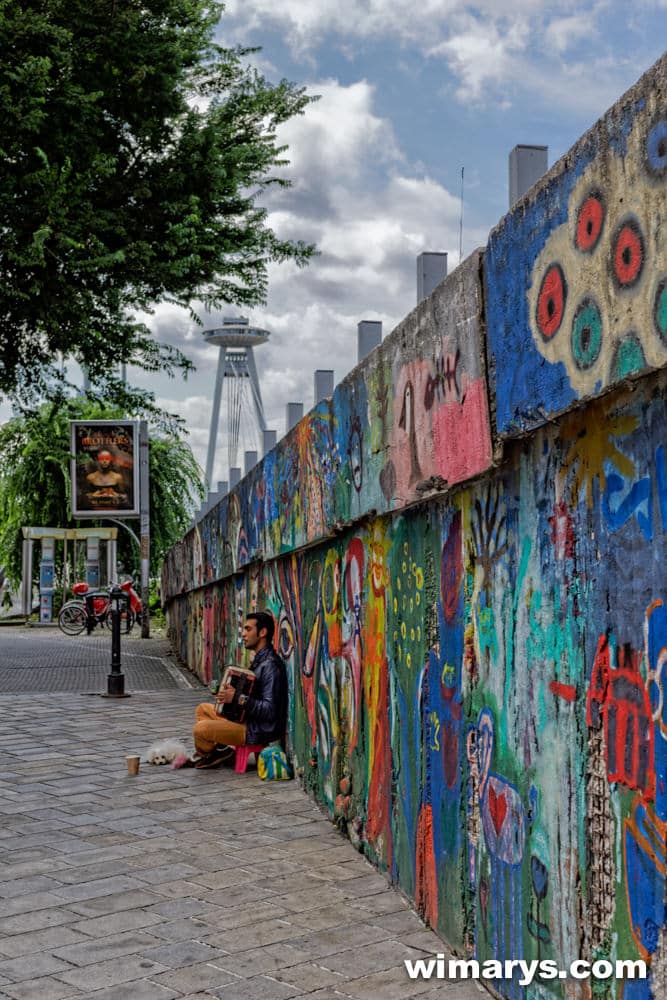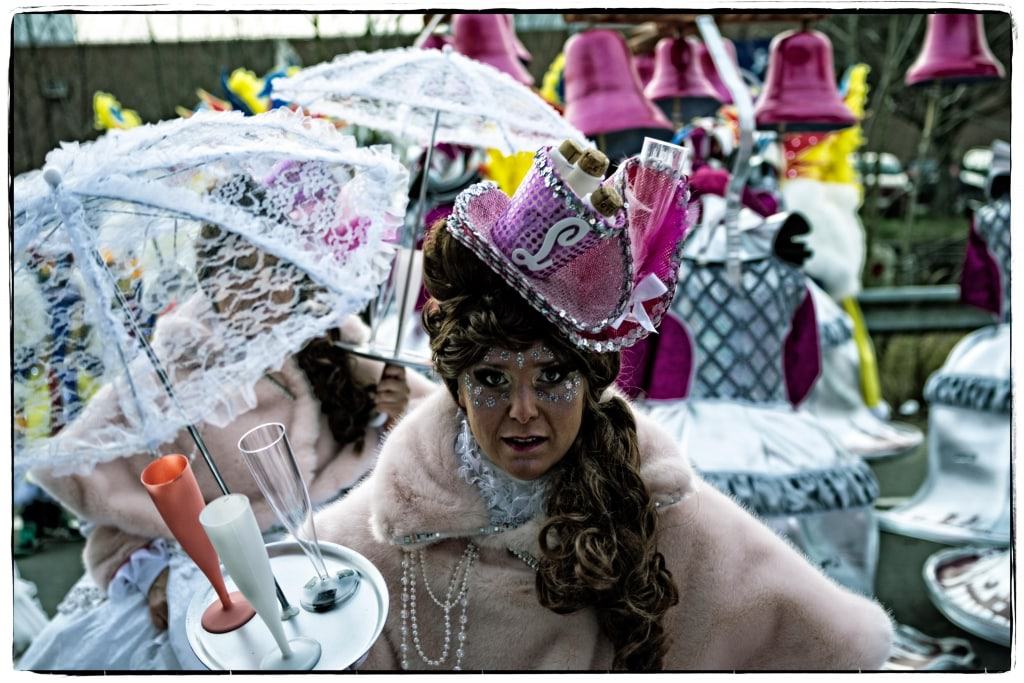Magical forest with the Fuji X100s
Magical forest with the Fuji X100s
Fuji X-Trans vs. traditional Bayer color filter layout
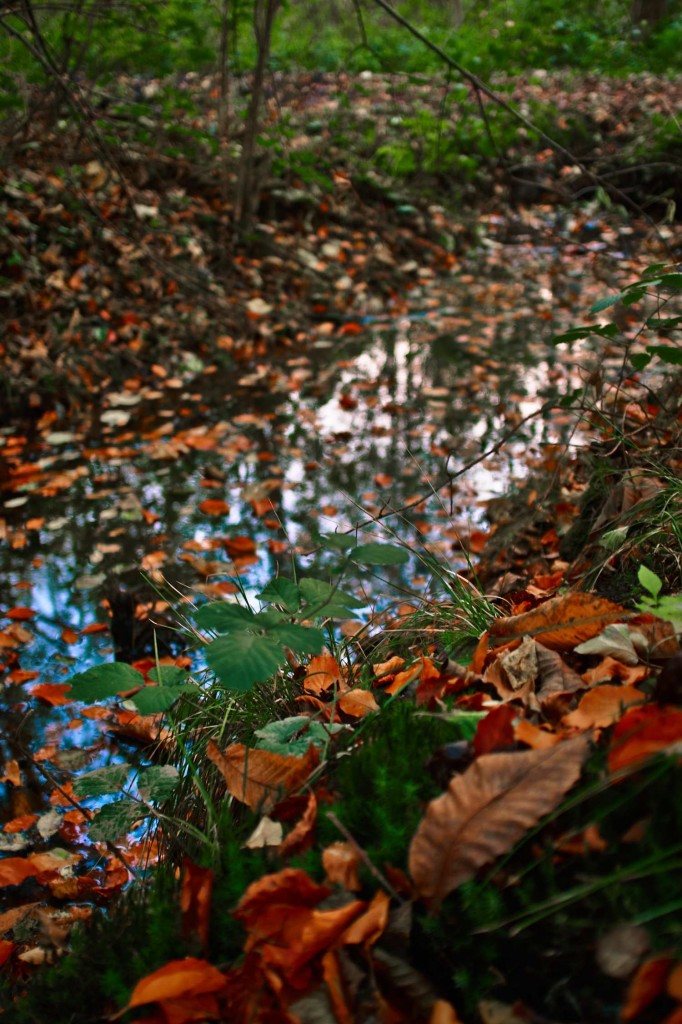
The Fujifilm X100s has a proprietary X-Trans random color filter design as opposed to the traditional 2×2 Bayer filter array.
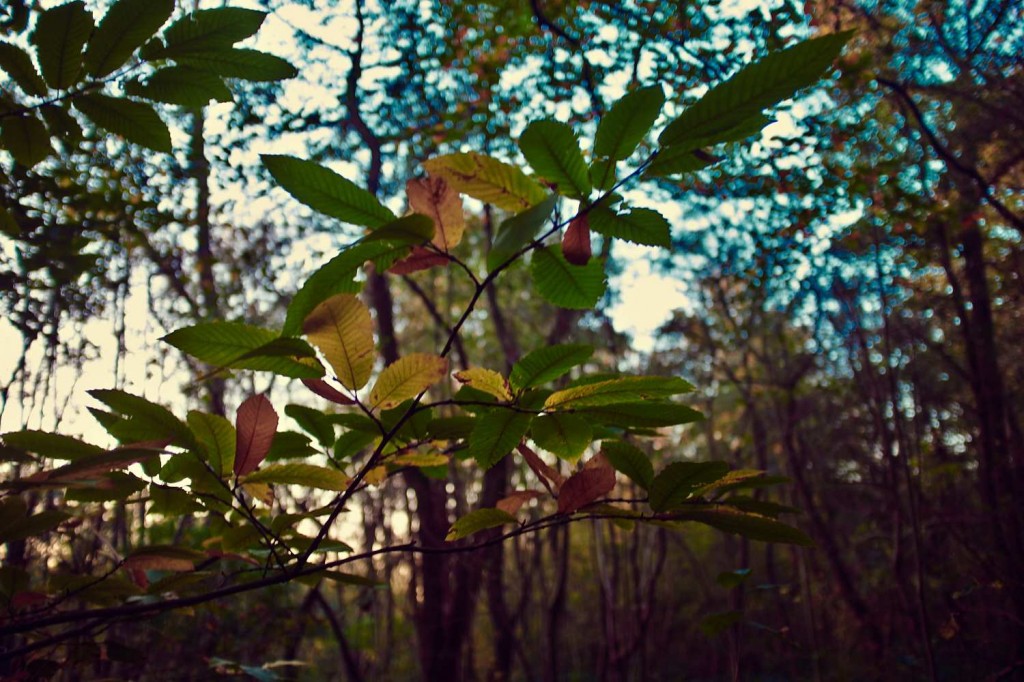
With any filter layout, each on-sensor pixel stores information on one color component, either red, green or blue (RGB). To reproduce a full-color spectrum for each pixel, a process called demosaicing is used. These algorithms try to guess the value of all 3 RGB colours per pixel (although only one color component was measured) by comparing it to the information in nearby filters. These are, of course, complex algorithms, and you have to consider that a 16MP image holds 16 million pixels, so there is a lot of data to work with.
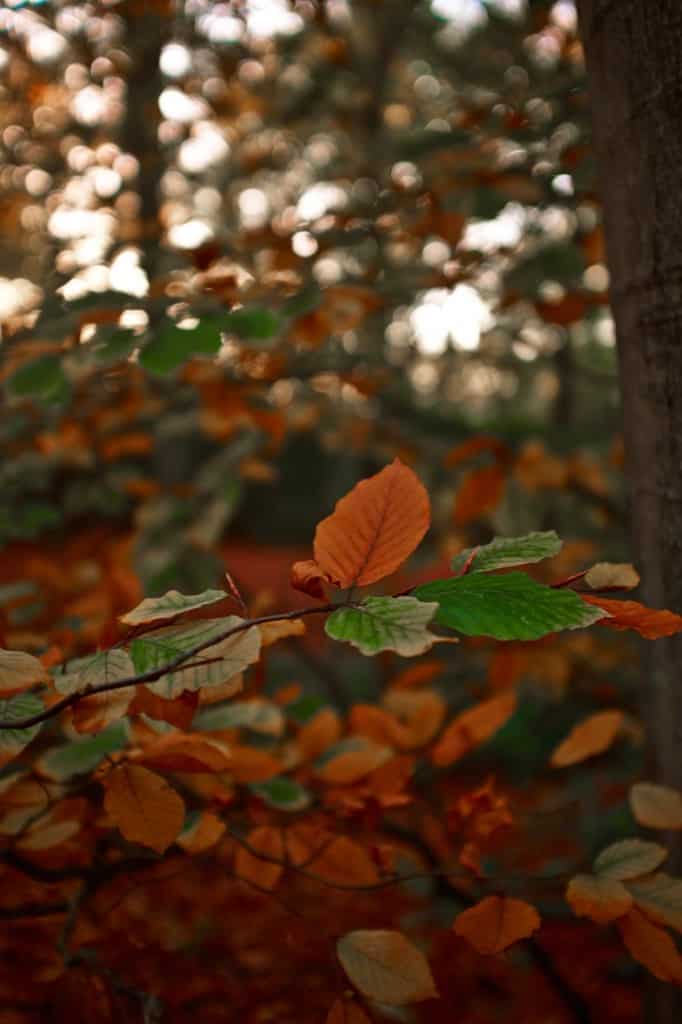
In a traditional Bayer layout, the color components are neatly ordered in 2×2 pixel blocks. This filter arrangement can run the risk of producing pattern distortion (moiré) in fine structures because of the interpolation process that has to puzzle pieces together that aren’t actually there. An optical anti-aliasing filter is used to minimise the risk of moiré by slightly blurring the image, resulting in a picture with less sharpness.
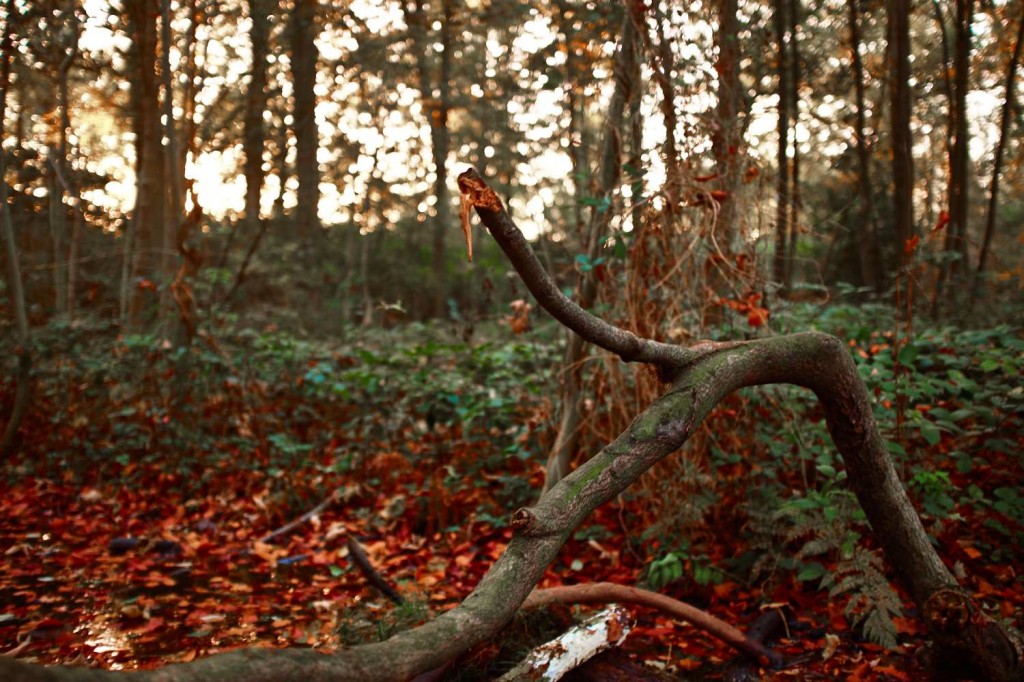
To counter this, the Fuji X100S uses a new color filter layout. By using a more random color filter, over a 6×6 pixel block, even more information is gathered, and you significantly reduce the chance of moiré without the blurring antialiasing filter.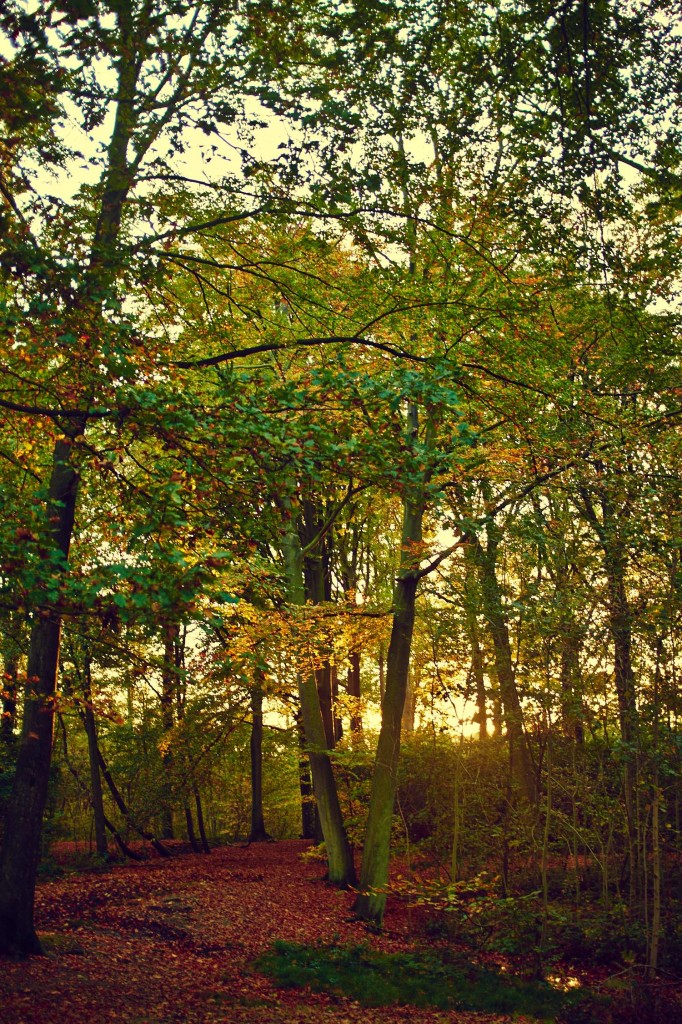
The other advantage is that, since the exponential increase in data, the demosaicing process can produce more precise color rendition, even in the smaller details in the image.
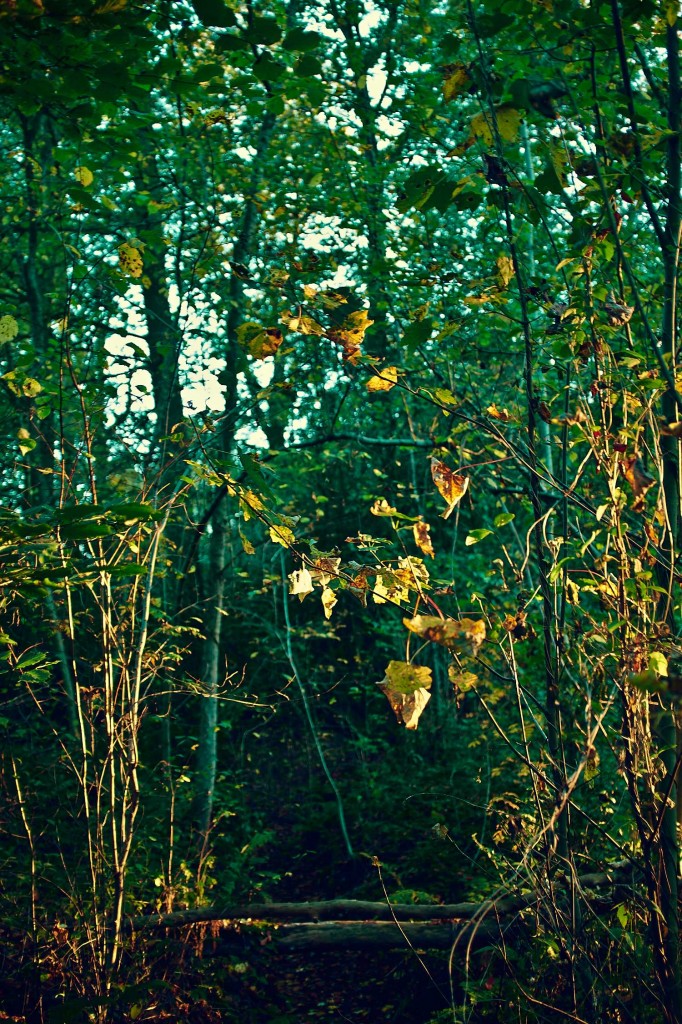
This better color reproduction of course heaven for those of us who like to get creative with their Fuji X100s image. The increase in RAW data means more possibilities and better results when using filters, changing colours and playing with highlights/shadows.
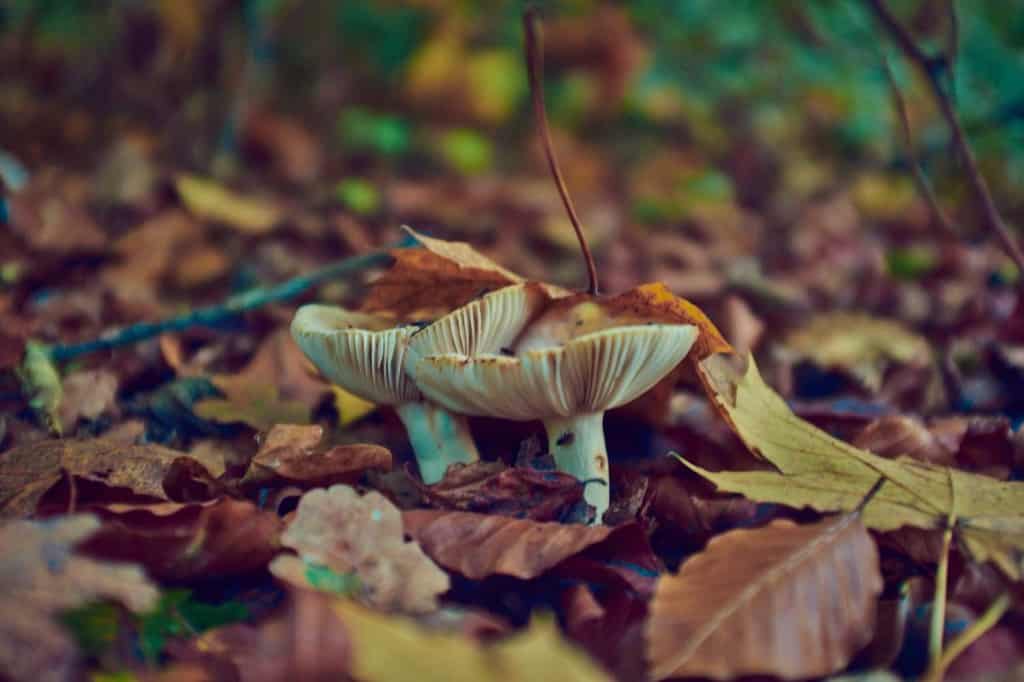
A disadvantage is that RAW converters are coded to the traditional 2×2 Bayer layout, and some internal processing needs to be rewritten for the more complex 6×6 pixel array. Capture One was one of the first to optimise their code for this type of sensor, and I used it for all image editing on this page.
If you’re interested in buying this camera, here are some stores that have it in stock: NL BE
